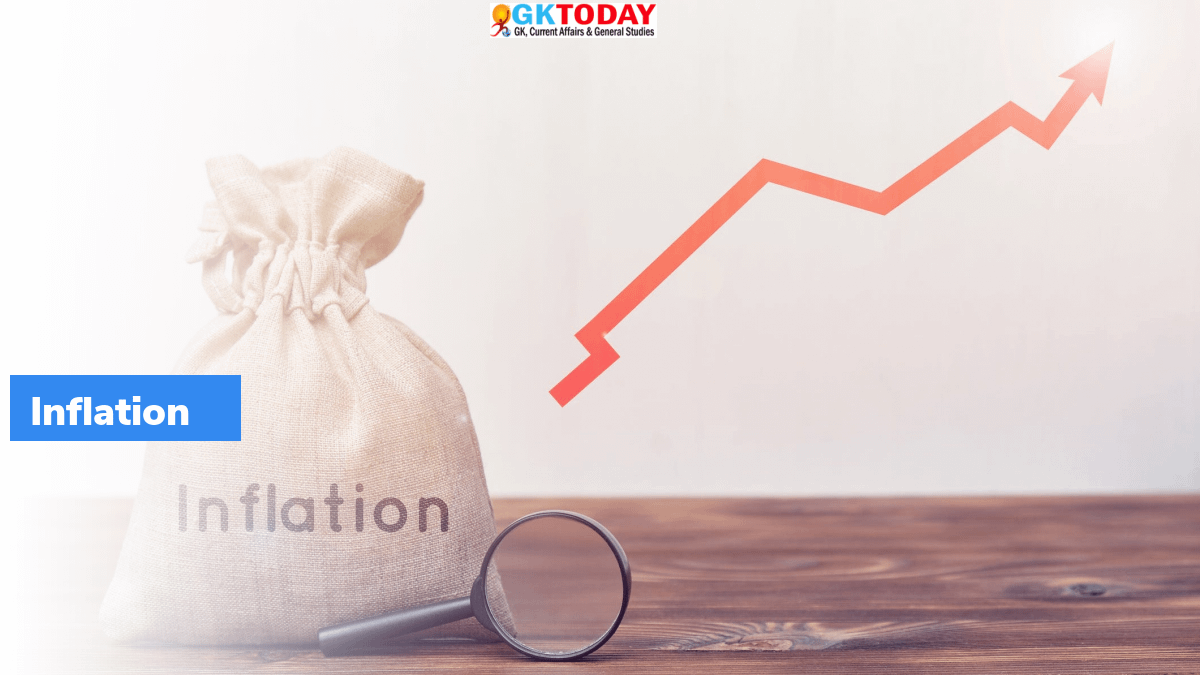Retail food inflation in India saw a decline to 8.39% year-on-year in December 2025. This decrease follows higher inflation rates of 9.04% and 10.87% in the previous months. Despite this easing, the future trajectory of inflation remains uncertain, heavily influenced by supply conditions and weather patterns.
Current Agricultural Context
Wheat Supply and Prices
Wheat stocks in government warehouses are at 184.11 lakh tonnes, marking the fifth lowest for this date since 2008. Current wholesale prices in Delhi range from Rs 3,150 to Rs 3,200 per quintal, rise from Rs 2,550 to Rs 2,600 last year. The government’s limited open market sales have contributed to this price increase, as uncertainty looms over the upcoming wheat harvest.
Temperature and Crop Development
Temperature plays important role in wheat grain development. Ideal temperatures should be in the low thirties during March, when grain filling occurs. An early onset of summer or extreme temperatures can adversely affect yields. Delayed sowing this season has raised concerns about potential crop output.
Sugar Production Outlook
India’s sugar production for the 2024-25 season is projected at 270 lakh tonnes, a decrease from 319 lakh tonnes in the previous season. Key states like Uttar Pradesh and Maharashtra are expected to see declines due to drought and adverse weather conditions affecting sugarcane growth. Early flowering in cane has also been reported, reducing sucrose accumulation.
Potato Crop Status
Potato planting was delayed by high temperatures, affecting germination and tuber formation. However, improved conditions later in the season have led to larger tubers and better yields. Retail prices for potatoes have fallen , indicating a positive outlook for this crop.
Edible Oils Price Surge
Prices for edible oils remain high, with palm oil at Rs 145 per kg, soyabean at Rs 155 per kg, and mustard oil at Rs 165 per kg. The increase is partly due to higher import duties and changes in palm oil blending regulations in Indonesia. Lower mustard acreage further complicates the supply situation.
Key Factors Contributing to Food Inflation in India
Weather Challenges
Fuel Price Impact
Supply Chain Disruptions
Global Influence
Inflation Basics
Measuring Food Inflation in India:
- Consumer Price Index (CPI): Tracks retail inflation for goods like food, clothing, and housing. Types include:
- CPI for Industrial Workers (IW), Agricultural Laborers (AL), Rural Laborers (RL), and Urban Non-Manual Employees (UNME).
- Consumer Food Price Index (CFPI): Monitors food item prices (e.g., cereals, fruits, dairy).
- Wholesale Price Index (WPI): Measures price changes for goods in bulk (e.g., cereals, vegetables, milk).
Government Measures to Control Food Inflation:
- Subsidized Commodities: Distribution of cheaper onions, tomatoes, wheat, and sugar.
- Import Duty Cuts: Lowered duties to boost supply of pulses.
- Export Bans: Restricted wheat (May 2022) and broken rice (Sept 2022) exports to ensure local availability.
- Ban on Stockpiling: Limited wheat storage for traders to prevent hoarding.
- Operation Greens: Stabilizes prices of Tomato, Onion, and Potato (TOP crops).
- Minimum Export Price (MEP): Imposed $800/ton export floor price for onions (Oct-Dec 2023).

Leave a Reply